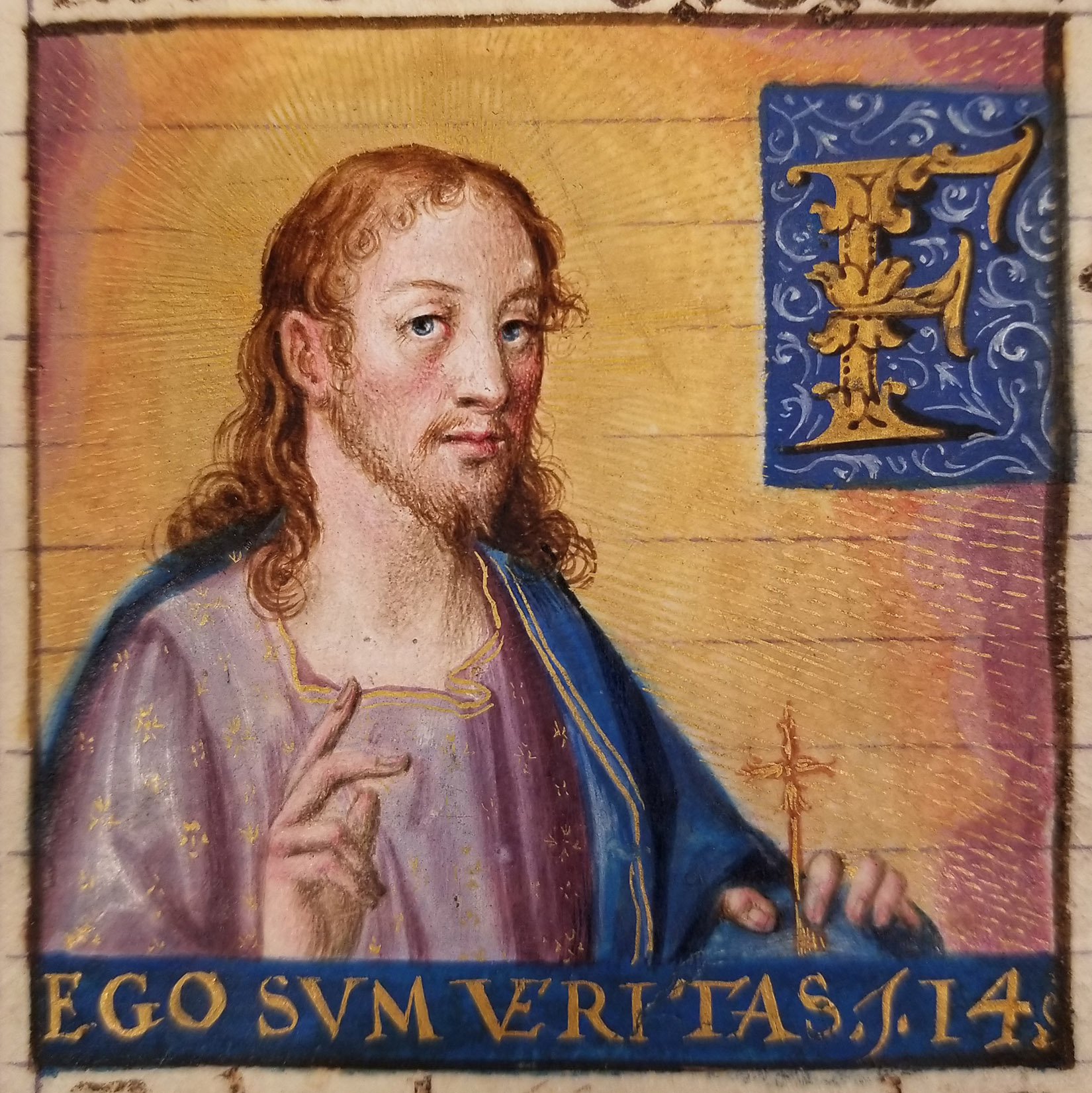Spain. Real Chancillería de Granada, Carta executoria de hidalguia

In 1589, Pedro Guillén de las Casas of Jaen, Andalusia, began the effort to petition the crown to have his claim to a noble lineage recognized. The carta executoria de hidalguia he sought was the written culmination of a legal process that began with assembling a “pruebas de hidalguia” containing evidence of a noble lineage and testimonies from town or regional officials. The request was submitted to one of two chancelleries that handled lawsuits of nobility, the Real Chancillería in Granada (for southern Spain) or Valladolid (for the north), and if approved, the carta executoria was issued acknowledging, rather than granting, nobility. De las Casas’s petition was approved in May 1590.
Issued in the name of King Philip II of Spain and Portugal at the time of his marriage to Mary I (1554-1558), this document is an exceptional example of the patents of nobility produced in Granada during the late sixteenth century. Bound in contemporary red velvet, it bestows the rank of hidalgo (gentleman) on Pedro Guillén de las Casas, and is illuminated with a series of exquisite miniatures, including one of Philip II, aged 33. The carta appears to be missing a frontispiece and text leaf, but includes a single paper leaf loosely inserted at the beginning with a nineteenth-century depiction of Christ carrying the Cross.
